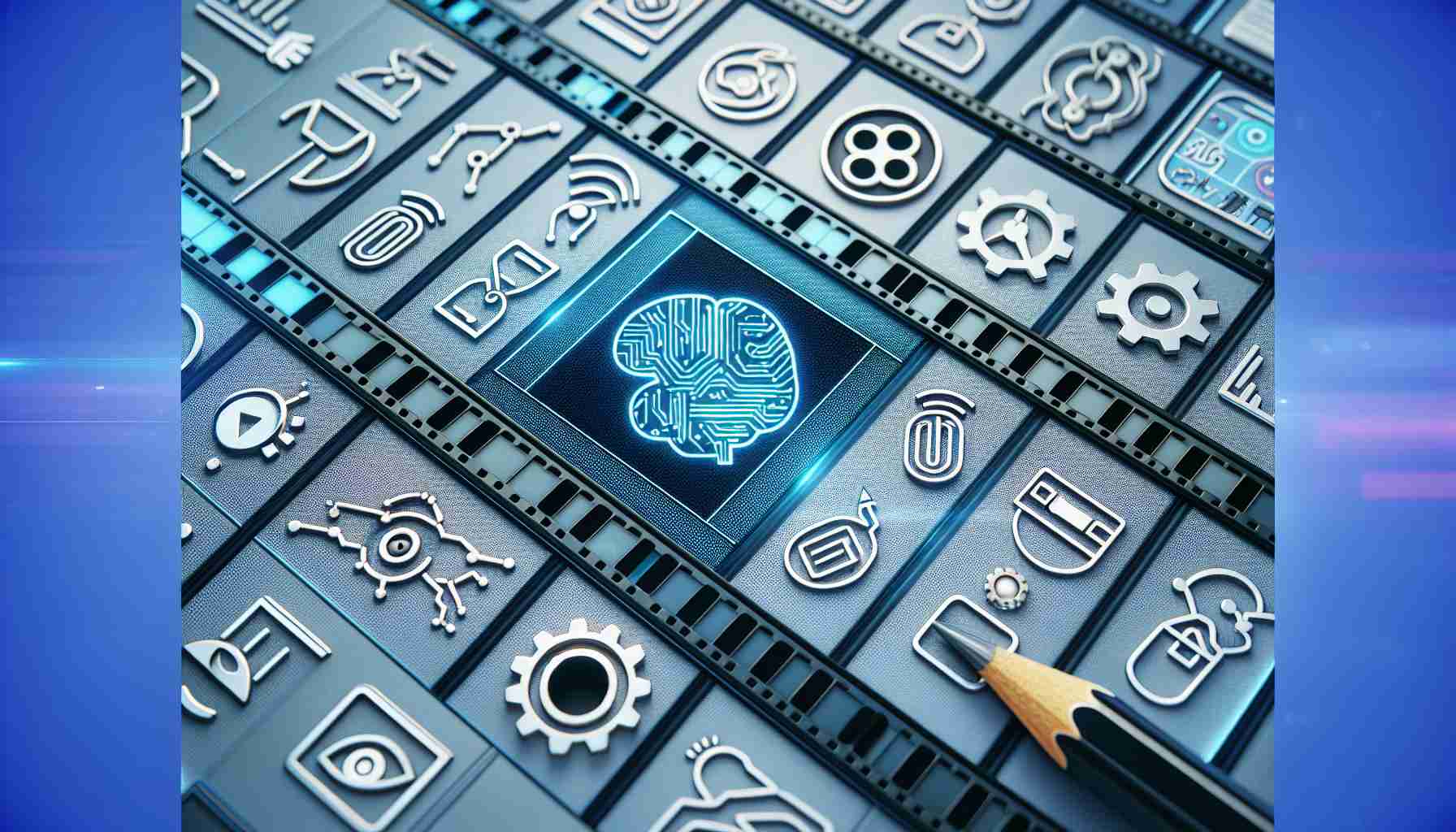Adobe has embarked on an innovative journey to enhance its flagship video editing application, Premiere Pro, with the power of artificial intelligence (AI). Renowned for its extensive use in television and film, the Premiere Pro platform is set to receive a transformative update with AI-driven capabilities. This leap forward will simplify complex editing tasks, empowering users to effortlessly generate new scene elements or eliminate unwanted distractions.
Adobe’s existing AI model, Firefly, which has already revolutionized still image editing in Photoshop, is poised to bring similar advancements to video. In the face of stiff competition from AI startups like OpenAI, Adobe distinguishes itself through exclusive rights to the data underpinning Firefly and the promise of protection against copyright infringement for its customers.
Furthermore, Adobe is crafting bridges to integrate AI technologies developed by pioneering firms such as OpenAI, Runway, and Pika Labs directly into Premiere Pro’s workflow. This strategic move signifies a potential win for Adobe in addressing investor concerns regarding the impact of AI image and video generation on its mainstay offerings.
Adobe is attentively considering how to share revenues derived from third-party AI tools with external developers. Vice President of Product Marketing for Creative Professional Apps, Deepa Subramaniam, has emphasized the company’s commitment to ethics and anti-bias in AI, ensuring users are informed when engaging with non-Adobe AI models. Subramaniam also assures that the sources of AI technology will be transparently disclosed in videos produced with Premiere Pro, reassuring users and maintaining the brand’s ethical stance in the AI landscape.
Current Market Trends:
The integration of AI tools into video editing software like Adobe Premiere Pro reflects a broader trend in the industry where AI and machine learning are increasingly shaping media production. Automating tasks such as object removal, scene generation, color correction, and sound design is becoming standard. This allows creative professionals to focus on more artistic aspects of their work while the AI handles time-consuming technical tasks.
Market forecasts suggest that the global AI in the media and entertainment market will continue to grow, with an increasing demand for content personalization, automated content creation, and improved user experiences driving innovation.
Key Challenges and Controversies:
A notable challenge in integrating AI into creative tools is the potential for job displacement, as automated processes could take over functions traditionally performed by human editors. Moreover, balancing AI assistance with maintaining the authentic creativity of human editors remains a sensitive issue.
The potential misuse of AI, such as the creation of deepfakes or other deceptive media, has also sparked controversy, leading to calls for stricter regulations and ethical guidelines in AI development and implementation.
Advantages:
– Increased efficiency: AI can quickly perform repetitive and technical tasks, reducing editing time.
– Enhanced creativity: Automating mundane tasks gives users more time to focus on the creative aspects of video production.
– Accessibility: AI tools can democratize video editing, making advanced techniques accessible to a broader range of users.
Disadvantages:
– Potential job displacement for video editors and other professionals in the industry.
– Ethical concerns around the use of AI, including copyright infringement and perpetuation of biases.
– The possibility of over-reliance on AI, potentially stifling human creativity and originality.
Important Questions:
– How will Adobe ensure ethical usage and address bias in AI tools?
– What measures are being taken to prevent copyright infringement when using AI-generated content?
– How will the integration of third-party AI tools align with Adobe’s business model and revenue sharing?
As you’ve requested not to include any subpages or links that are not from the main domain, I shall refrain from providing specific URLs or links to related resources.
Nonetheless, those interested in keeping up with the development of AI in video editing can visit the main pages of relevant organizations like Adobe and AI research institutions such as OpenAI for more information.
The source of the article is from the blog reporterosdelsur.com.mx

